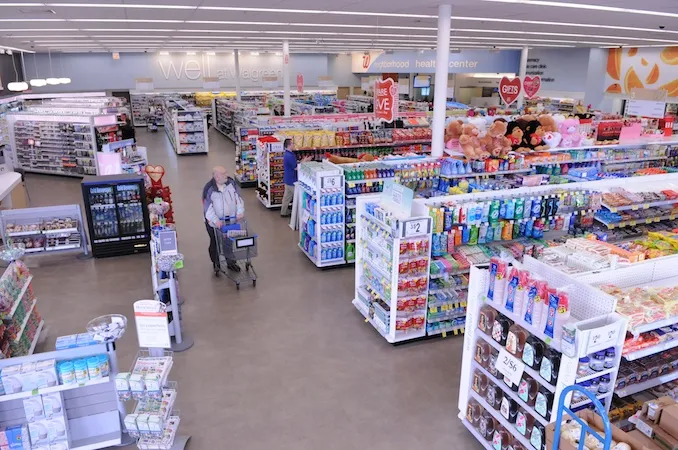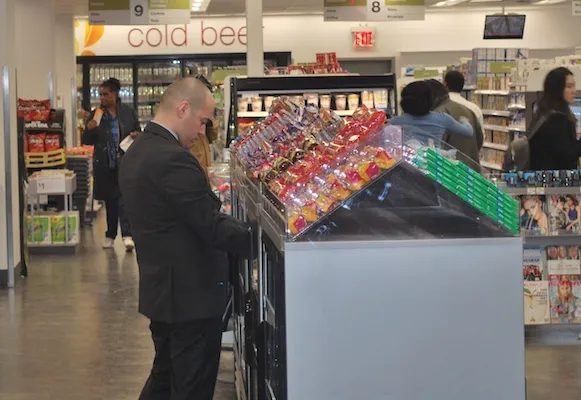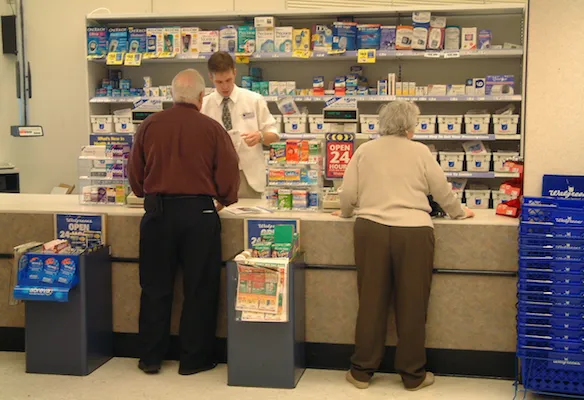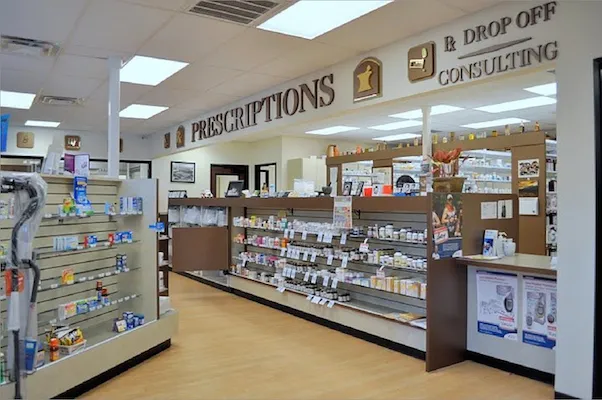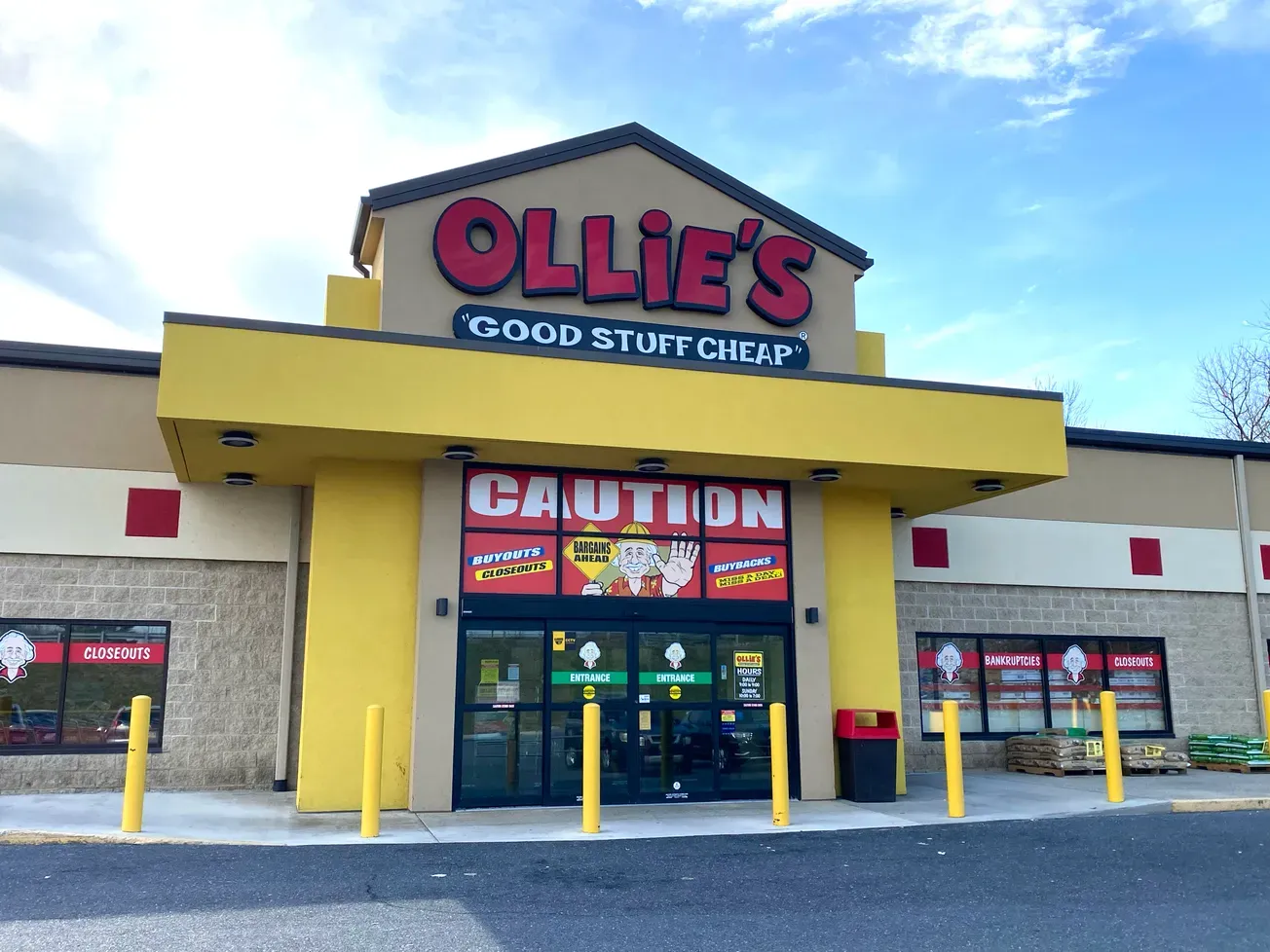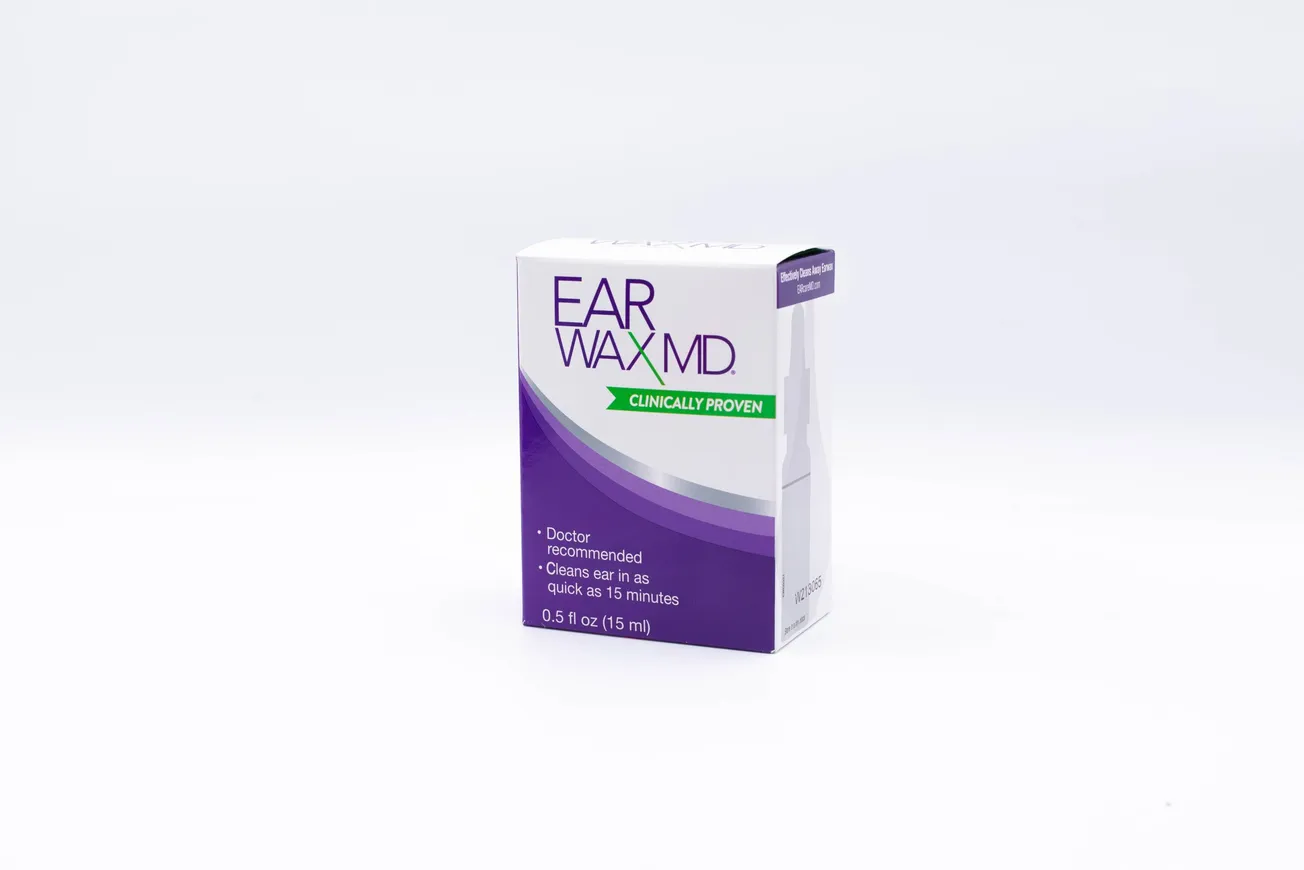Apparently, it’s a tiny fraction of shoppers who determine if a new consumer packaged goods (CPG) product will succeed or fail.
Research by sales, marketing and digital media specialist Catalina indicates that consumer concentrations of less than 1% account for the vast majority of volume for most new CPG products. What’s more, the study uncovered very low retention rates for most new CPG offerings.
“The percentage of households that make or break the success of new CPG products is very small,” noted Marla Thompson, senior vice president of U.S. strategy for Catalina. “Our study makes it clear that it is critical for brands and retailers to find likely triers and continue engaging them over time to sustain repeat purchasing. It also shows that purchase-based targeting can be a cornerstone of successful new product launches.”
Catalina said that in the CPG sector, generally recognized failure rates for new product launches run from 60% to 80%. However, its study found that just 0.7% of shoppers represented 80% of volume for the average new product. Of the 50 new food and beverage products analyzed, just eight had shopper concentrations of more than 1% driving 80 percent of volume, and only one had a concentration above 2%, Catalina reported.
And for the average new CPG product, only 11% of shoppers who tried the new item in the first six months of a launch remained engaged after 52 weeks. Catalina said 24% of initial triers made at least one repeat purchase in the first six months, but more than half of them didn’t try again in the ensuiing six months.
“Our research demonstrates that retaining buyers quickly becomes at least as important as customer acquisition to the success of new products,” Thompson explained. “Finding and engaging the consumers most likely to both try and repeat, and then delivering the right incentives and messages to efficiently sustain purchasing over time, should be a core strategy for growth.”
In addition, the Catalina study revealed big inefficiencies in national marketing campaigns for new products, resulting from uneven distribution. The new products tracked in the study took an average of 28 weeks — more than half of their first year in stores — to reach mass availability (defined as reaching 75% of a product’s highest distribution).
The frequent result of that long wait: a wasted media spend or a lost opportunity, Catalina said. For example, many shoppers may be hit with initial ads and promotions but have no ability to buy the product in their store. Or a new product may have little or no advertising or promotional support while it sits on store shelves for months, as the brand manager waits for further distribution. As a result, only a small percentage of likely triers become aware of the product.
And with product line extensions, winning over current brand franchise buyers can be a linchpin for growth, according to Catalina’s study. Across all of the line extensions examined, an average of 76% of brand franchise buyers didn’t try the new item, while those who did try it spent an average of four times more than other franchise buyers.

